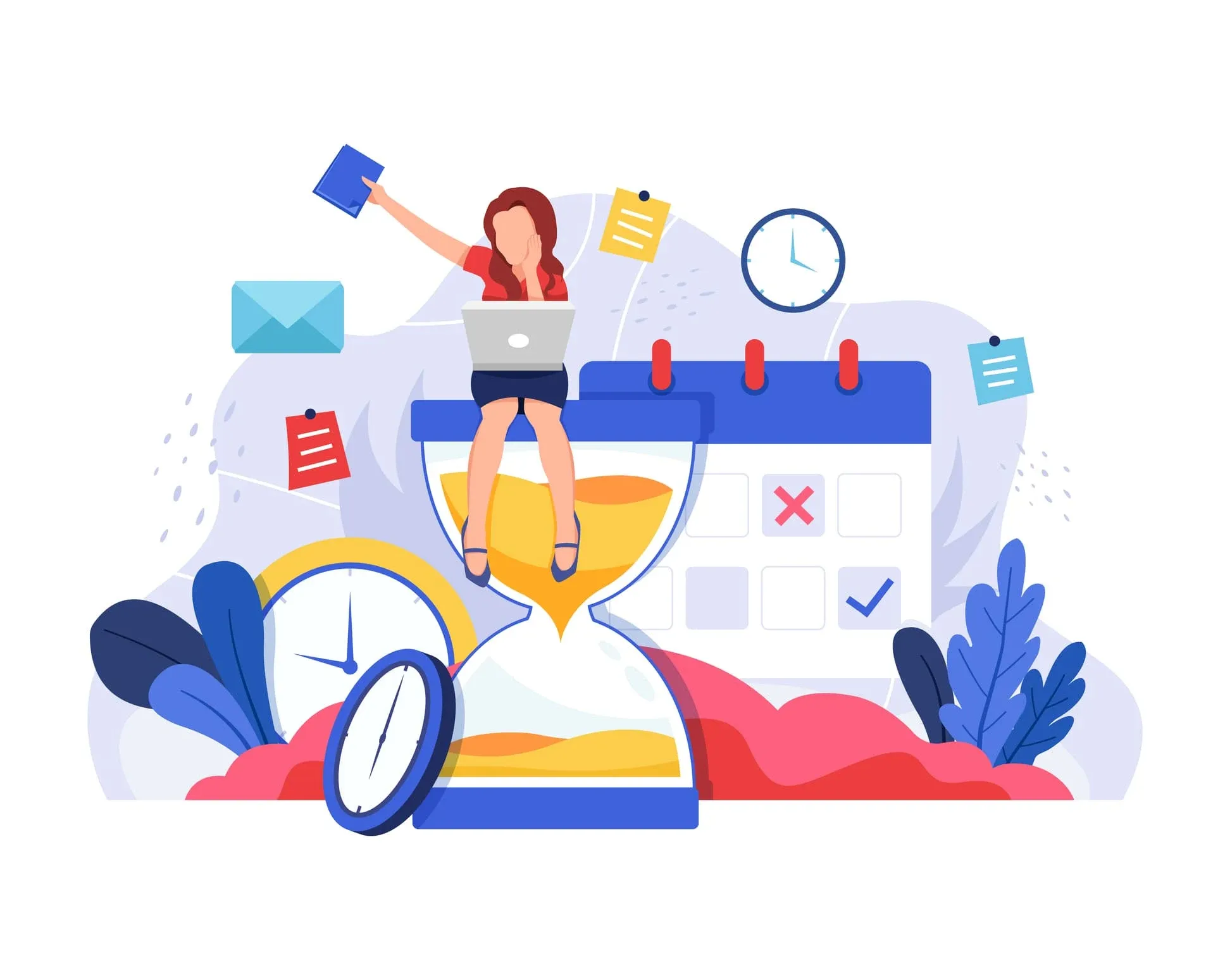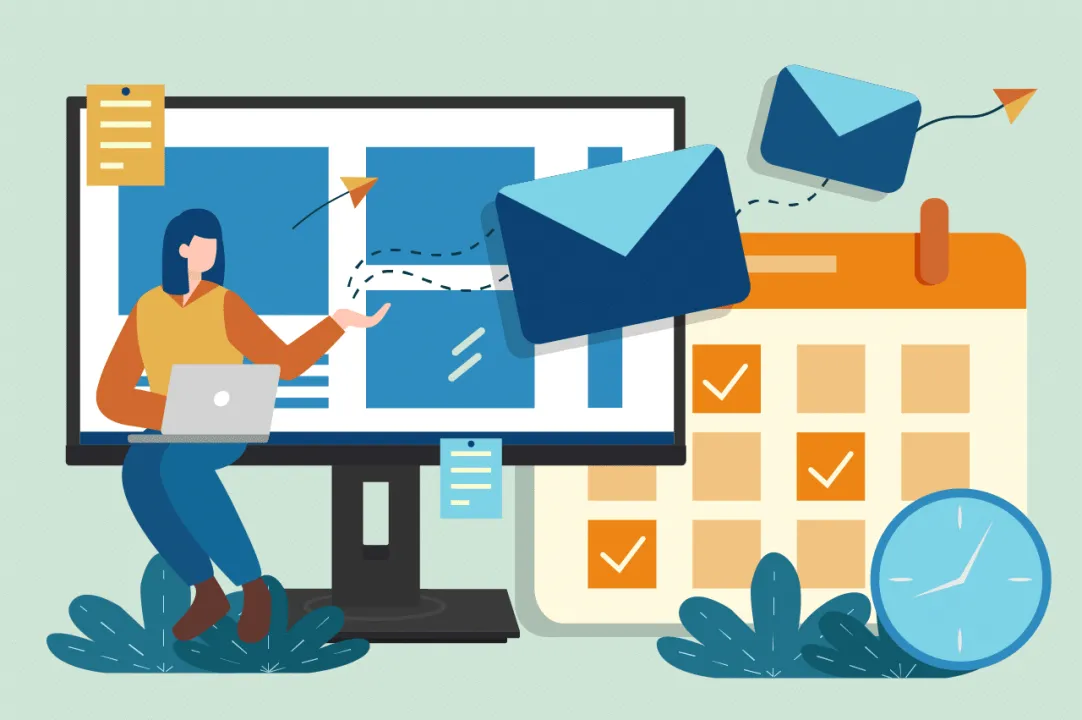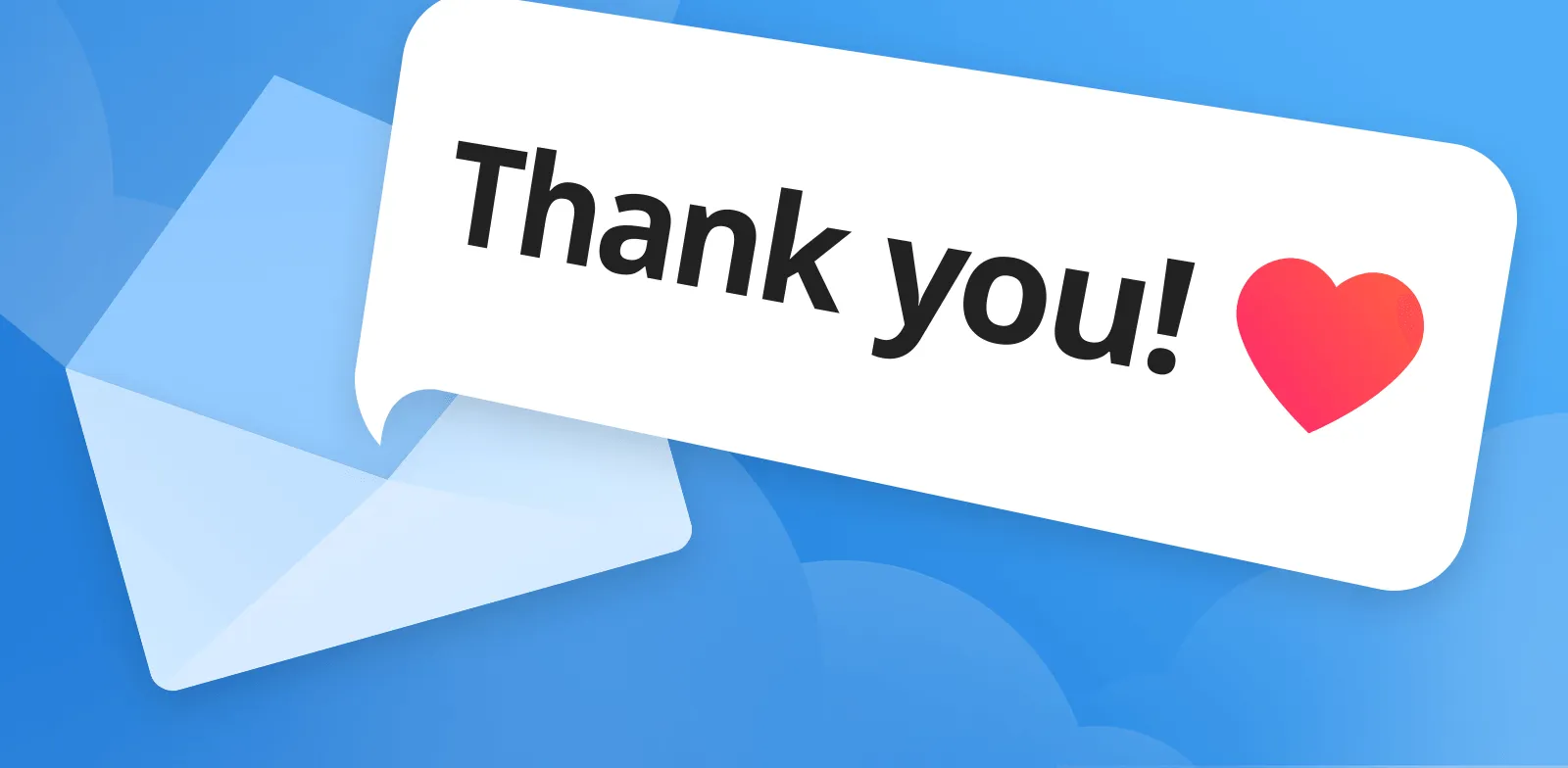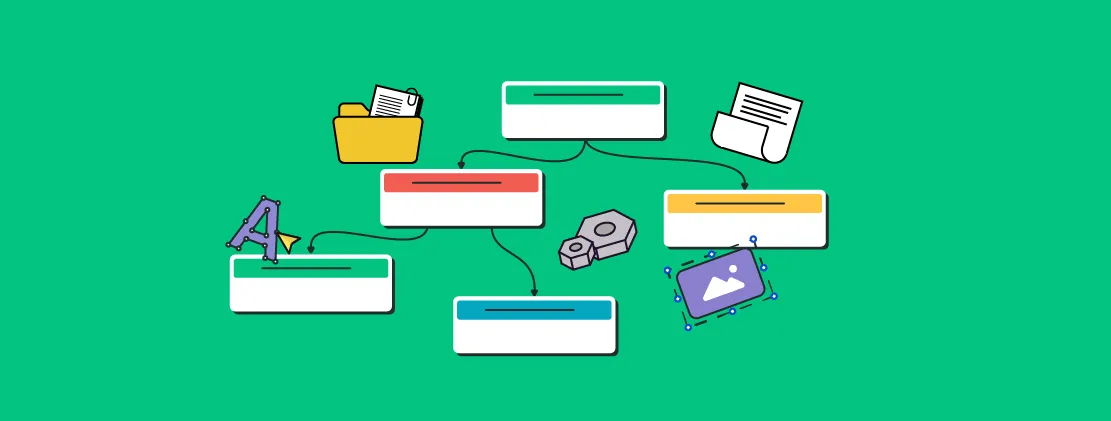A follow-up email after a meeting is a crucial communication tool that helps reinforce the discussions held, clarifies the next steps, and maintains the momentum of the relationship and project discussed. It serves as an important bridge between initial meetings and future actions, ensuring both parties are aligned and committed to moving forward.
The importance of sending a follow-up email after a meeting cannot be understated—it allows you to summarize key points, express appreciation, and outline specific action items, which can significantly increase the likelihood of a successful outcome.
According to statistics, effective follow up message can boost response rates by over 50%, and 80% of opportunities require at least five follow-ups after the initial meeting before reaching a conclusion.
This underscores the pivotal role that diligent follow-up plays in business communications, especially in converting meetings into actionable results.
How to Write a Follow Up Email After a Meeting

Writing an effective follow-up email after a meeting is crucial for maintaining connections, reinforcing relationships, and progressing toward specific goals or agreements established during the discussion. Here’s a step-by-step guide on how to craft an impactful follow-up email:
1. Crafting a Compelling Subject Line for Your Follow-Up Email
The subject line is your first opportunity to capture the recipient’s attention post-meeting. It should be both personalized and specific to the discussion or meeting agenda, which significantly increases the likelihood of your email being opened. According to a study, emails with personalized subject lines are 26% more likely to be opened.
- Personalize: Include the recipient's name or a specific reference to the meeting.
- Be Specific: Mention a key topic or outcome from the meeting, like "Next Steps for the XYZ Project."
Here are 10 engaging subject line options that can help improve your email open rates:
- "Next Steps from Our Meeting Today"
- "Thanks for the Insightful Discussion—Let's Move Forward!"
- "Action Required: Follow-Up from Today's Meeting"
- "Your Next Steps for Project X Initiative"
- "Summary and Follow-Up on Today's Meeting"
- "Let's Keep the Momentum Going from Our Discussion"
- "Appreciated Your Thoughts Today—What's Next?"
- "Moving Forward on Our Agreed Action Items"
- "Further to Our Conversation This Morning"
- "Securing Our Partnership: Next Steps"
2. Referencing Key Moments or Conversations
Starting your follow-up email by mentioning a specific moment or conversation from the meeting not only shows your attentiveness but also helps personalize your message, making it more relevant and engaging to the recipient. This strategy helps build a connection and reinforces the importance of the discussed topics.
- Highlight a Moment: Recall a particularly insightful or decisive moment in the meeting that can serve as a springboard for further discussion.
- Connect Personally: If a personal anecdote or shared interest was discussed, referencing it can strengthen the rapport.
3. Detailing How You Can Assist Moving Forward
Outlining how you can contribute to the project or solve a problem discussed during the meeting is crucial. This not only shows initiative but also positions you as a key contributor in the next steps. Providing specific details about how you can help increases your credibility and sets clear expectations.
- Outline Specific Offers: Detail the ways you can support or enhance the project, such as providing essential data, insights, or resources.
- Set Actionable Next Steps: Suggest a timeline or next meeting, which gives a clear path forward and demonstrates your commitment to progress.
4. Express Appreciation for Their Time
It’s crucial to begin your follow-up email on a grateful note.
A thank you acknowledges the time and effort the recipient has dedicated, which is especially significant considering that busy professionals may have many competing priorities.
Start with a personalized thank you that references specific discussions or insights from the meeting. For example, "Thank-You for the productive discussion on [specific topic]; your insights were incredibly valuable."
5. Propose Future Connection Opportunities
Keeping the dialogue open for future interactions can foster a robust partnership.
By suggesting another meeting, you signal your commitment to ongoing collaboration, which can be essential for advancing projects or deepening relationships.
Mention a specific topic or project discussed in the meeting as a segue to suggest further discussions. You might write, "I would love to explore more about [topic] in our next conversation. Are you available for a follow-up call next week?"
6. Ensure a Professional Closure
Concluding your email with a professional sign-off leaves a lasting, positive impression.
The closing of your email can reinforce your professional image and remind the recipient of your dedication and attention to detail.
Choose a sign-off that reflects the tone of your relationship, whether it's formal or relatively informal. Options include:
- “Best regards,” for a universally acceptable close.
- “Looking forward to our next steps,” which directly ties to your call to action.
When to Send Different Types of Follow-Up Emails

Timing is a crucial aspect of sending follow-up emails, as it can greatly influence their effectiveness and the recipient's response. Different types of follow-up emails should be sent according to the nature of the interaction, the urgency of the matters discussed, and the typical business rhythms of your industry. Here’s when to send various types of follow-up emails:
1. After a Meeting
Timing: Send your follow-up email within 24 to 48 hours after the meeting. This ensures that the discussion is still fresh in everyone's mind and shows your promptness and dedication to moving forward.
Why: Quick follow-ups keep the momentum going and help clarify any points before misunderstandings can occur.
2. After a Networking Event
Timing: Follow-up within 48 hours to a week. This timeframe allows the contact to recall the interaction clearly but gives them enough space to settle back into their routine.
Why: Networking follow-ups should reignite the connection made during the event and propose a next step, like a meeting or phone call.
3. After a Job Interview
Timing: Ideally, send a thank-you email within 24 hours of the interview. If you discussed next steps or timelines during the interview, align your more detailed follow-up accordingly.
Why: This shows gratitude and keen interest in the position, reinforcing your suitability for the job.
4. After Sending a Proposal
Timing: Wait for about a week before following up. This gives the recipient enough time to review the details without feeling rushed.
Why: The follow-up should inquire about any questions and reiterate your readiness to customize the proposal to better fit their needs.
5. After a Sales Pitch
Timing: Follow up within three to five days. This period gives the potential client enough time to consider the pitch and discuss it internally if needed.
Why: This email should offer additional information, answer any potential questions that have arisen, and gently nudge towards a decision.
6. Reminder Emails for Upcoming Events or Dead Range Commitments
Timing: Send a reminder one week before the event or deadline, and a final nudge a day or two beforehand.
Why: These emails keep your event or the commitment top of mind and help manage attendance or task completion more effectively.
7. Post-Purchase Follow-Up
Timing: Send within a few days after the purchase, or immediately following any confirmed delivery.
Why: This type of email thanks the customer for their purchase, offers additional resources or support, and can solicit feedback to improve service or product quality.
10 Follow Up Email Templates for Every Situation

Template #1: Follow-Up After a Business Meeting
Use this template to summarize the discussion, confirm agreed-upon action items, and express enthusiasm for the next steps.
Template #2: Follow-Up Thank You Email After Meeting with a Client
This template allows you to express gratitude for the meeting, reinforce the key points discussed, and propose future engagements.
Template #3: Follow-Up Email After a Networking Event
Ideal for re-establishing the connection made during the event, this template helps you remind the contact of your conversation and suggest a more formal follow-up meeting.









.jpg)

.jpg)
